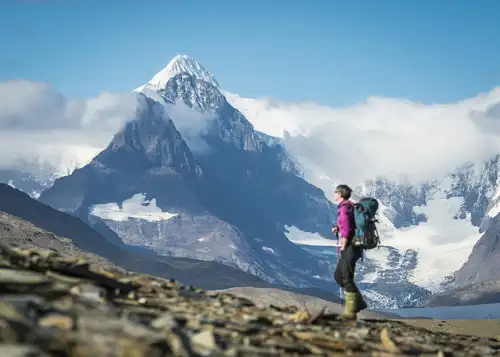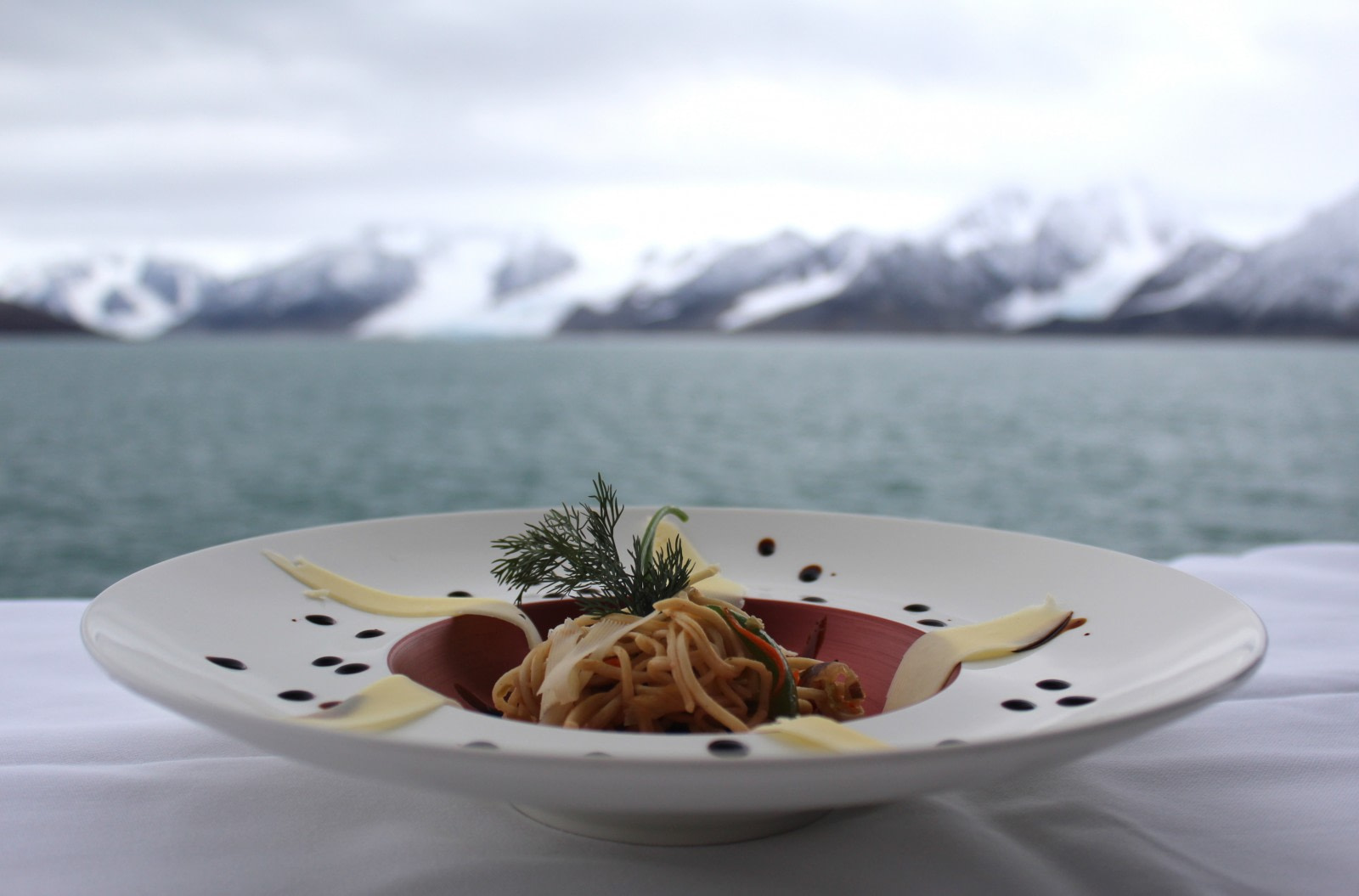Embarking on a polar expedition cruise to some of the world's most remote and wild locations doesn’t mean you have to compromise on fine dining.
In fact, savoring a robust and delicious meal can elevate your voyage to an entirely new level.
Two of our talented chefs, Khabir Moraes and Ralf Barthel, have shared some stunning photos of their favorite dishes, desserts, and appetizers served aboard the Plancius and Ortelius ships. We’re delighted to showcase these culinary masterpieces here, followed by a visual feast of additional dishes set against the breathtaking snowy landscapes of the polar regions.
If you can resist drooling over these, you’re doing better than we are!
Beetroot Risotto: Served À la Minute or Al Dente

Gravlax (Marinated Salmon Appetizer)

Bouillabaisse with Garlic Bread

New Zealand Lamb Chops with Mediterranean Vegetables

Vegetable Curry with Raita

Fried Hake with Truffle Mash and Chablis Sauce

Tomato Mozzarella

Grilled Vegetable Tower

Cuisine in Action
The setting of a meal plays a pivotal role in the overall experience, and few places can rival the stunning polar regions.
To conclude, enjoy this picture-only showcase of a variety of polar dishes that combine culinary excellence with unparalleled scenery.
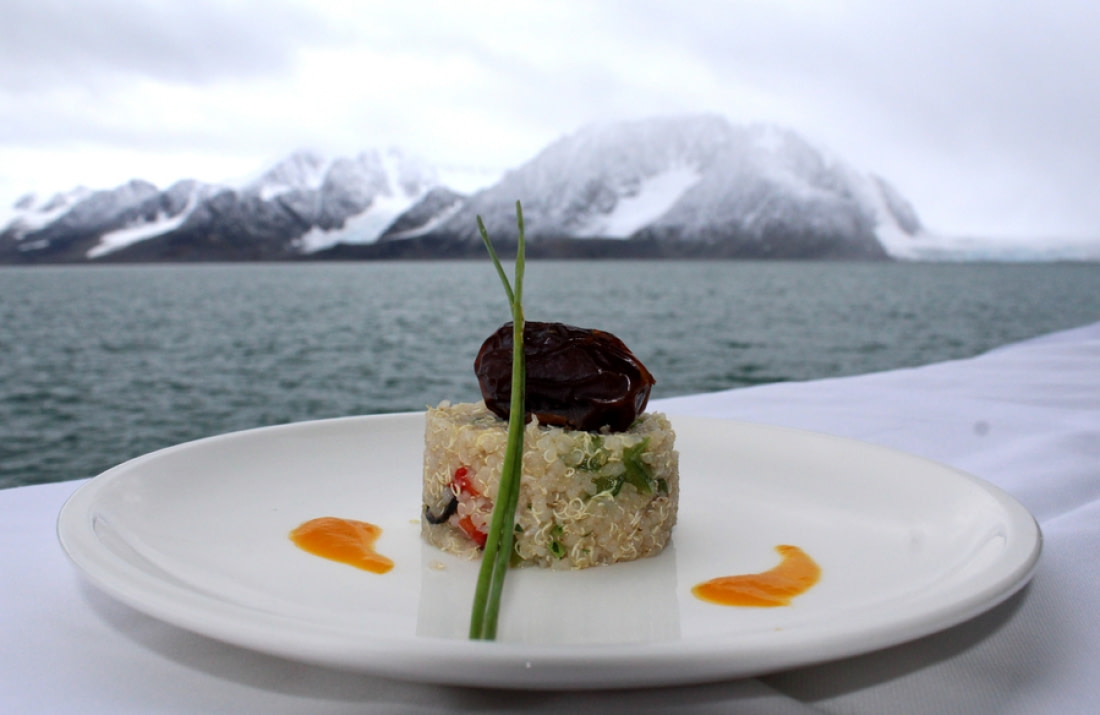
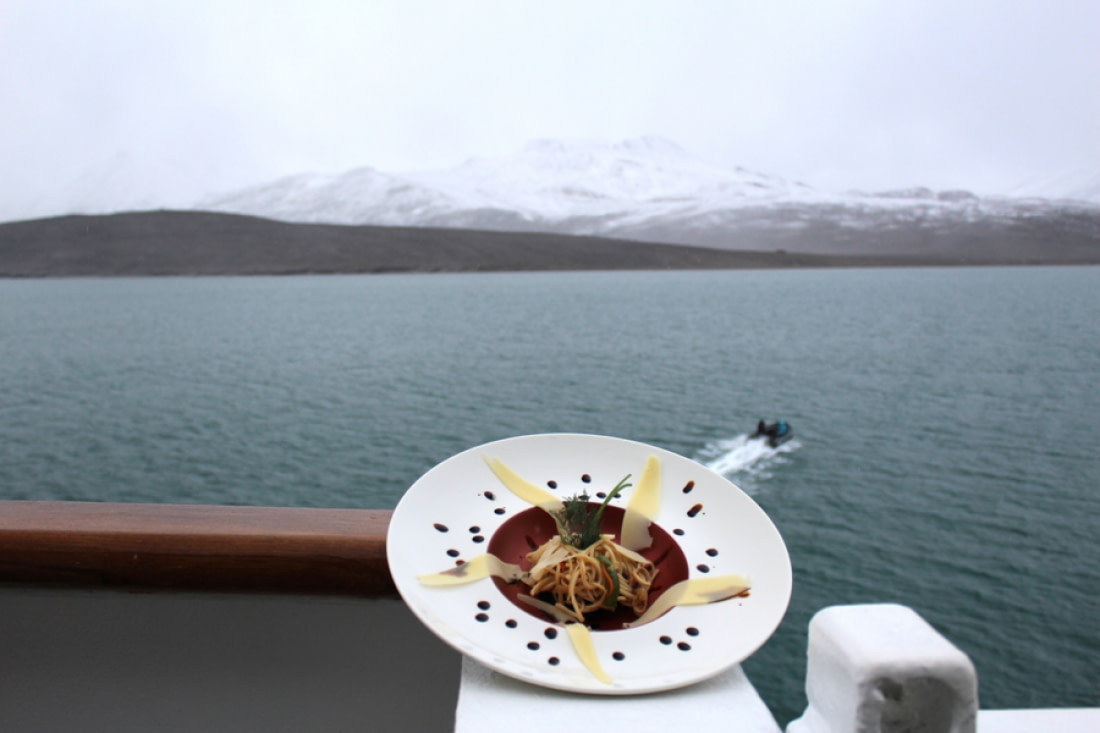
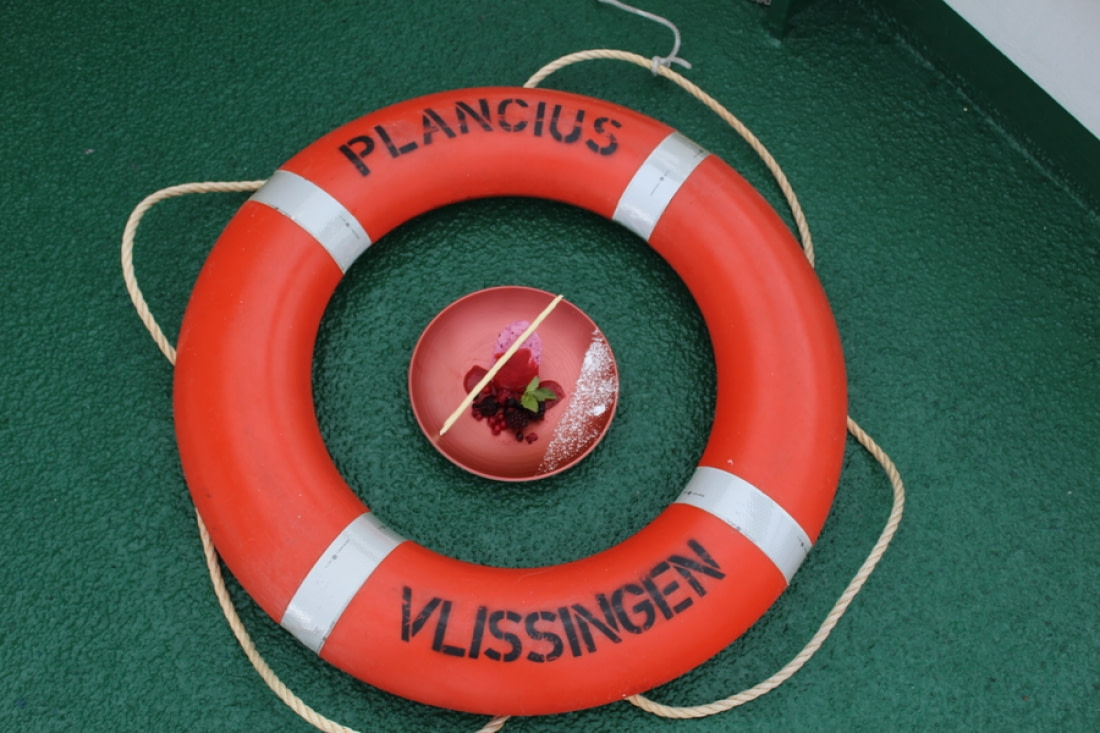
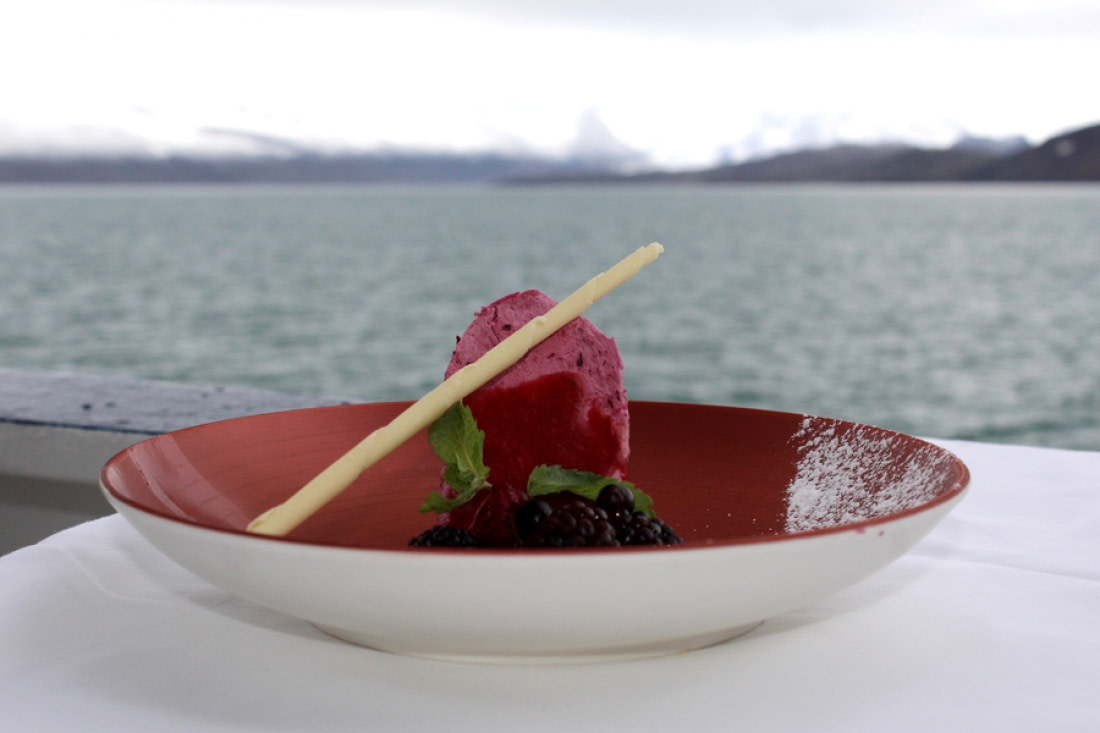
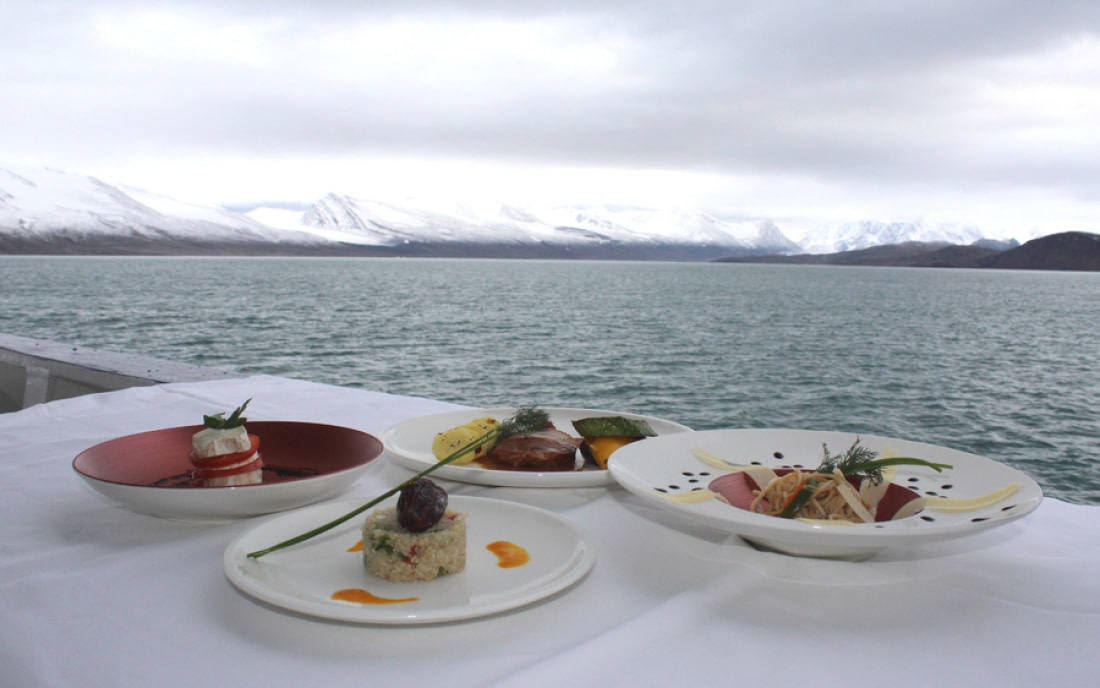
Blog


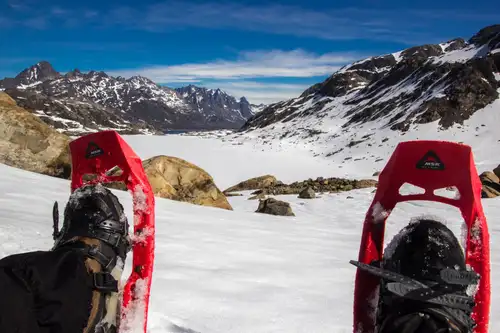
Five Reasons Why Snowshoeing is a Perfect Polar Activity

Shackleton’s Push to the South Pole

The Research Stations of Antarctica and the sub-Antarctic

Wreck Diving in Antarctica
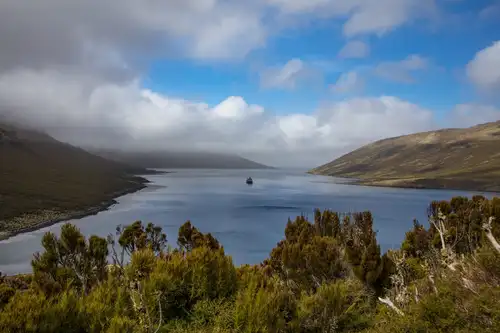
Visiting the Nearly Unknown: New Zealand’s Campbell Island
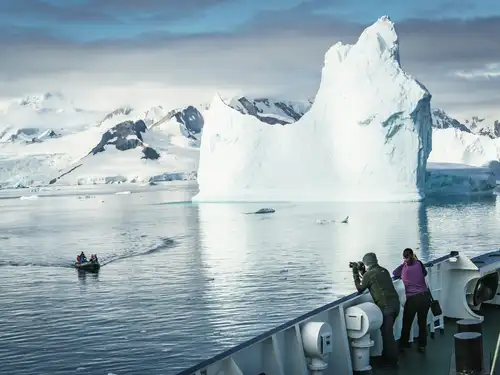
Antarctic Explorer’s Voyage
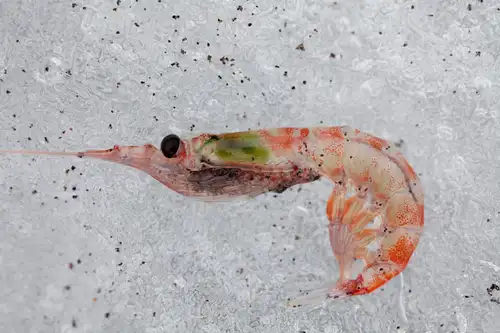
Life in the Polar Regions
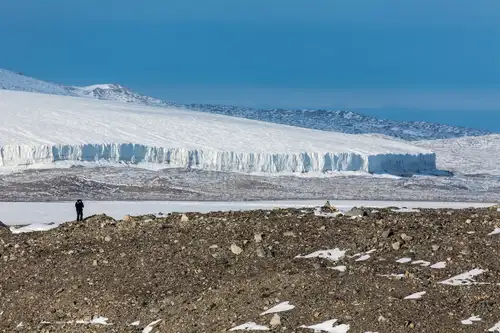
The Secret Life of Glaciers: How They Form, Move, and Melt
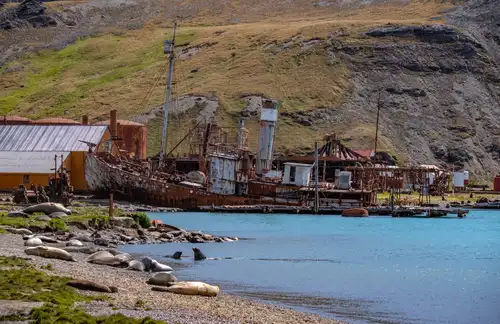
South Georgia Whaling Stations
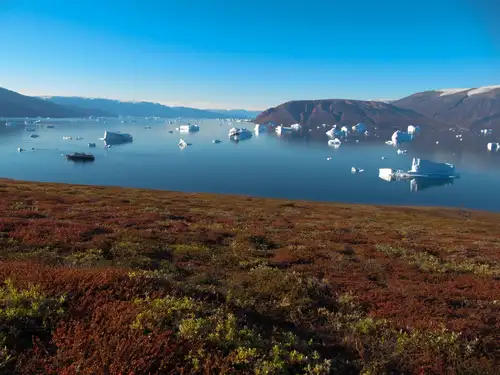
Northeast Greenland National Park
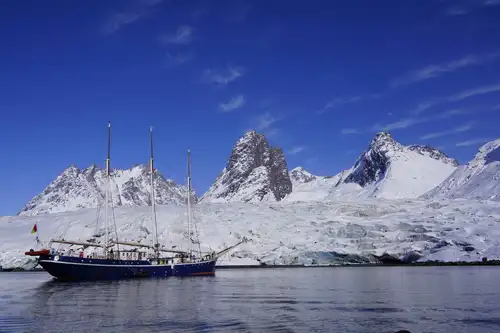
5 Misconceptions You Might Have About Greenland
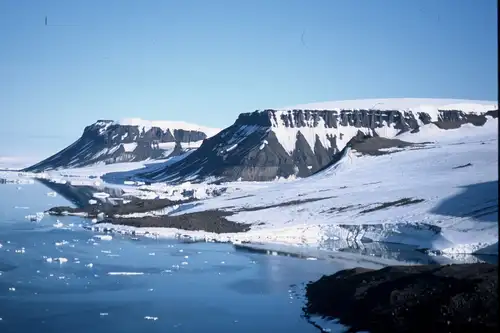
Franz Josef Land Sites, Species, and Experiences
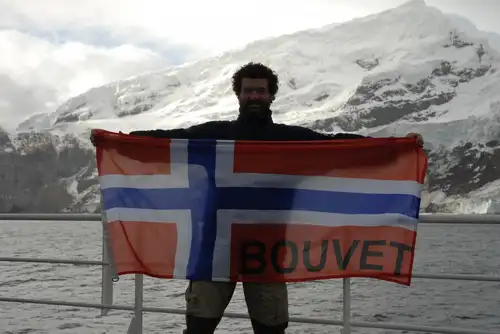
Bouvet Island: The Most Remote Island in the World
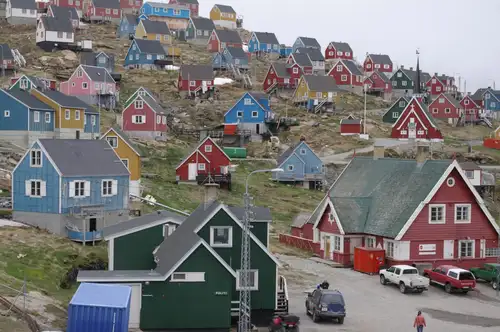
10 Traits of Post-Ice-Age Greenland

Why a Polar Diving Cruise Should be Your Next Great Decision
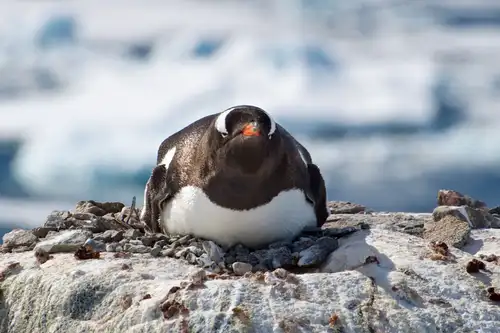
Life in a Penguin Colony
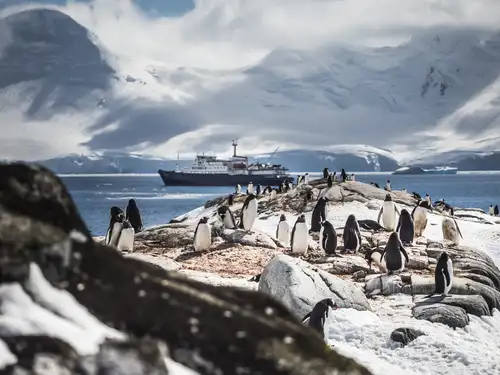
Top 10 Antarctic Attractions
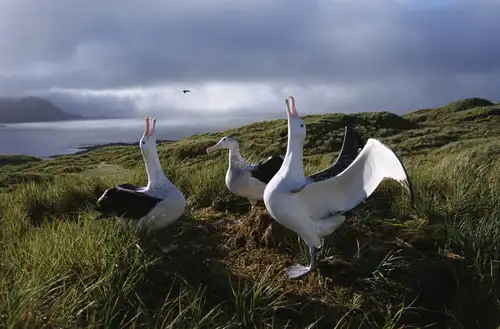
Albatross, penguin and krill research in Antarctica
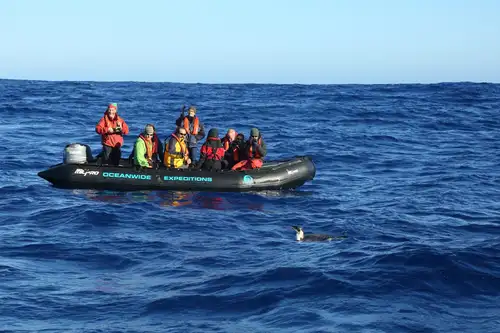
The Emperor Penguin of the Drake Passage
